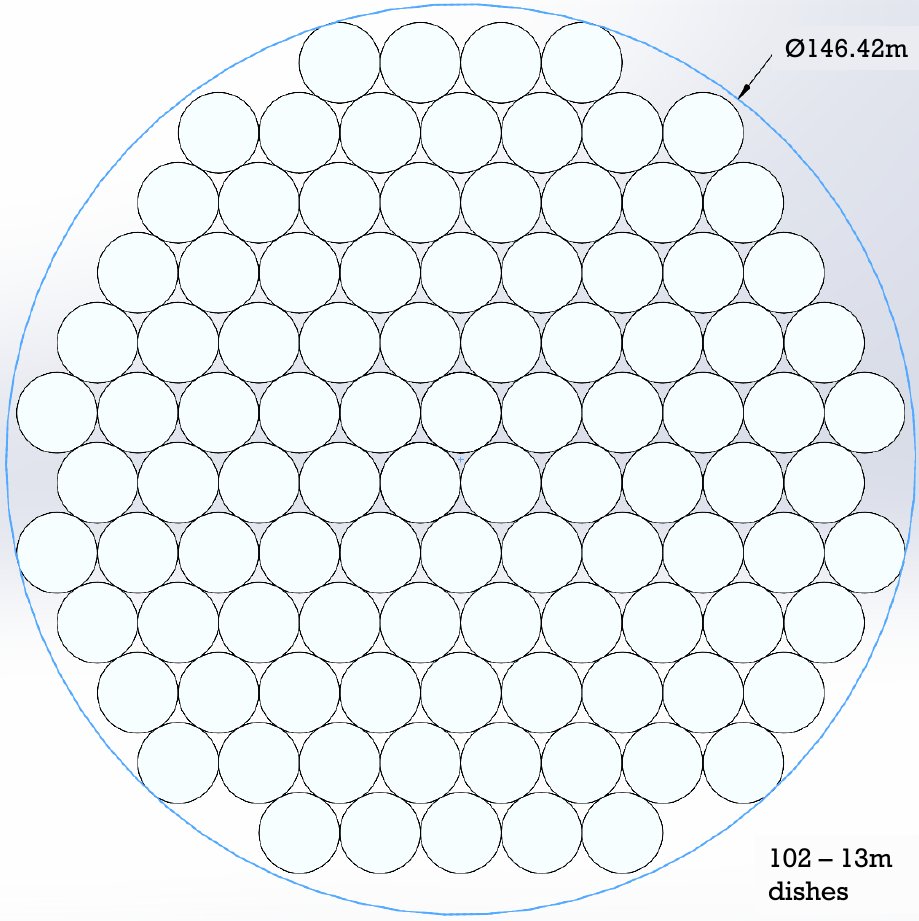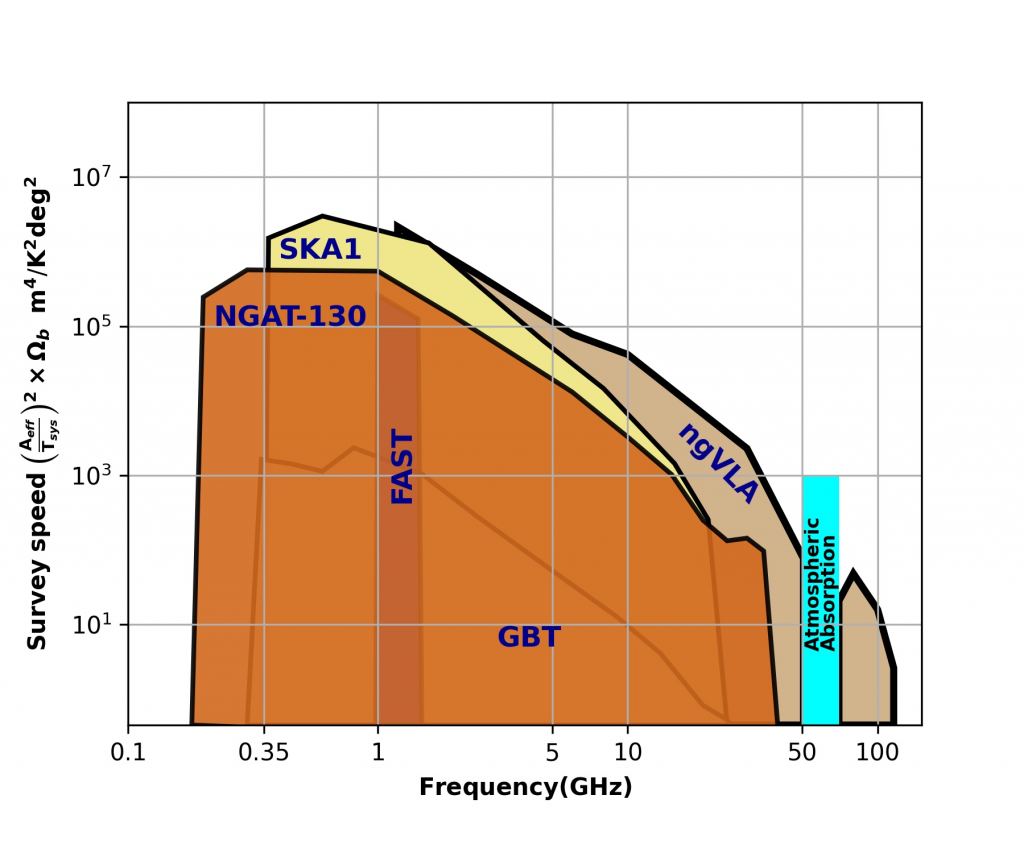The Arecibo Telescope was an amazing tool for astronomers. Built in the early 1960s, it had a 1,000-foot-wide dish and was capable of both receiving and transmitting radio signals. It did radar mapping of near-Earth asteroids, Venus, and the Moon, discovered water at the polar regions of Mercury, searched for alien civilizations, and even send a radio message from Earth to a globular cluster 25,000 light years away. So when it collapsed in 2020, many astronomers wondered if it could be rebuilt.
Even ignoring the funding challenges to a rebuilding project, a true rebuilding of the Arecibo Telescope is unlikely. At the time of its construction, it was the most sensitive radio telescope ever, but in the past sixty years radio technology has advanced considerably. Even during its operation, Arecibo had some limitations. For example, it wasn’t truly steerable, meaning that its coverage of the sky was limited. And as a single-dish telescope, it wasn’t as adaptable as modern array telescopes. But Arecibo was also very good at radar astronomy, which other telescopes are not, so it filled an observational niche.
There are several proposals to replace the Arecibo telescope with a modern observatory. One recent proposal has introduced a design that is in many ways a compromise plan. It tries to maintain many of the advantages of a large single dish while introducing a more flexible design similar to an array telescope. They call it the Next Generation Arecibo Telescope.
 The proposed design has 102 localized dishes. Credit: Roshi, et al
The proposed design has 102 localized dishes. Credit: Roshi, et alOne of the first things this design does is get rid of the single dish. While there are modern single-dish telescopes, such as the Five-hundred-meter Aperture Spherical Telescope (FAST), they are much larger than Arecibo’s original 300-meter design. It isn’t feasible to build an even larger single dish at the Arecibo location. So the team proposes an array of 102 13-meter dishes. In comparison, the Atacama Large Millimeter/submillimeter Array (ALMA) has 54 12-meter dishes and a dozen 7-meter dishes. Rather than building them as movable dishes like ALMA, the team proposes arranging them in a fixed circular array 130 meters across. This would be less than half the diameter of the original Arecibo Telescope, but with more than a hundred receivers it would be far more sensitive.
By placing the dishes in such a configuration, the new design could function as a single dish. Most array telescopes gather data as individual dishes, then integrate the data through a process called correlation. This allows for an array to act as a single virtual dish but does so at some cost of sensitivity. Another way to combine data is called a phased array, which integrates the data as if the dishes were all at the same point. The phased array method loses resolution, but gains you significant sensitivity. As part of the Event Horizon Telescope, which made the first direct observations of black holes, ALMA was configured as a phased array to boost the overall sensitivity of the EHT. Through the phased array, this design would act as a highly sensitive single dish, which was one of the main strengths of the original Arecibo Telescope.
 The sensitivity range of the proposed NGAT-130. Credit: Roshi, et al
The sensitivity range of the proposed NGAT-130. Credit: Roshi, et alThe array design would also allow Arecibo to be steerable. And it would be significantly lighter and easier to maintain than the original design. Estimates put its overall weight at about half that of the Green Bank Telescope, which has only a 100-meter diameter.
It’s an interesting design, but at this stage, there are several interesting designs being proposed. The process from initial idea to approved design to construction is long and arduous, to say nothing of the challenge of funding. It could be decades before a new telescope is built at Arecibo Observatory. But designs such as this show how astronomers leverage both the old and the new and find amazing ways to explore the universe more than ever before.
Reference: Roshi, D. Anish, et al. “The Next Generation Arecibo Telescope: A preliminary study.” arXiv preprint arXiv:2305.07780 (2023).

